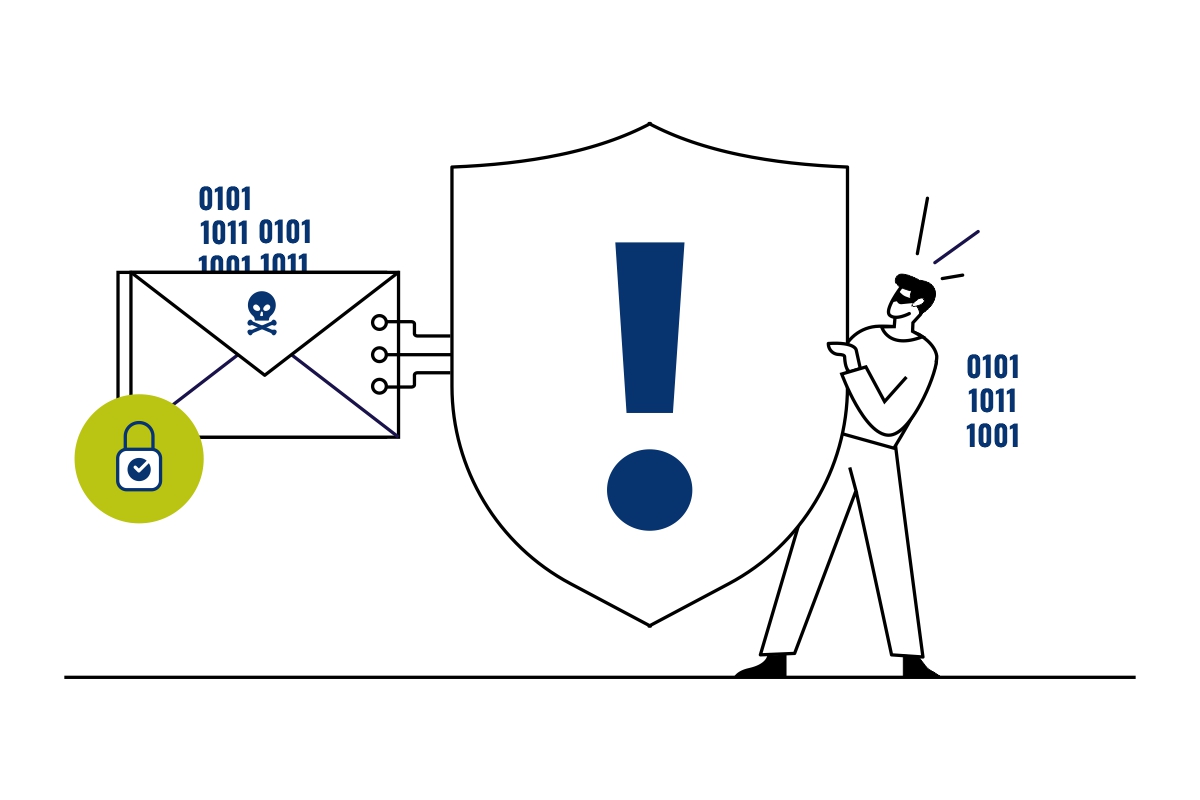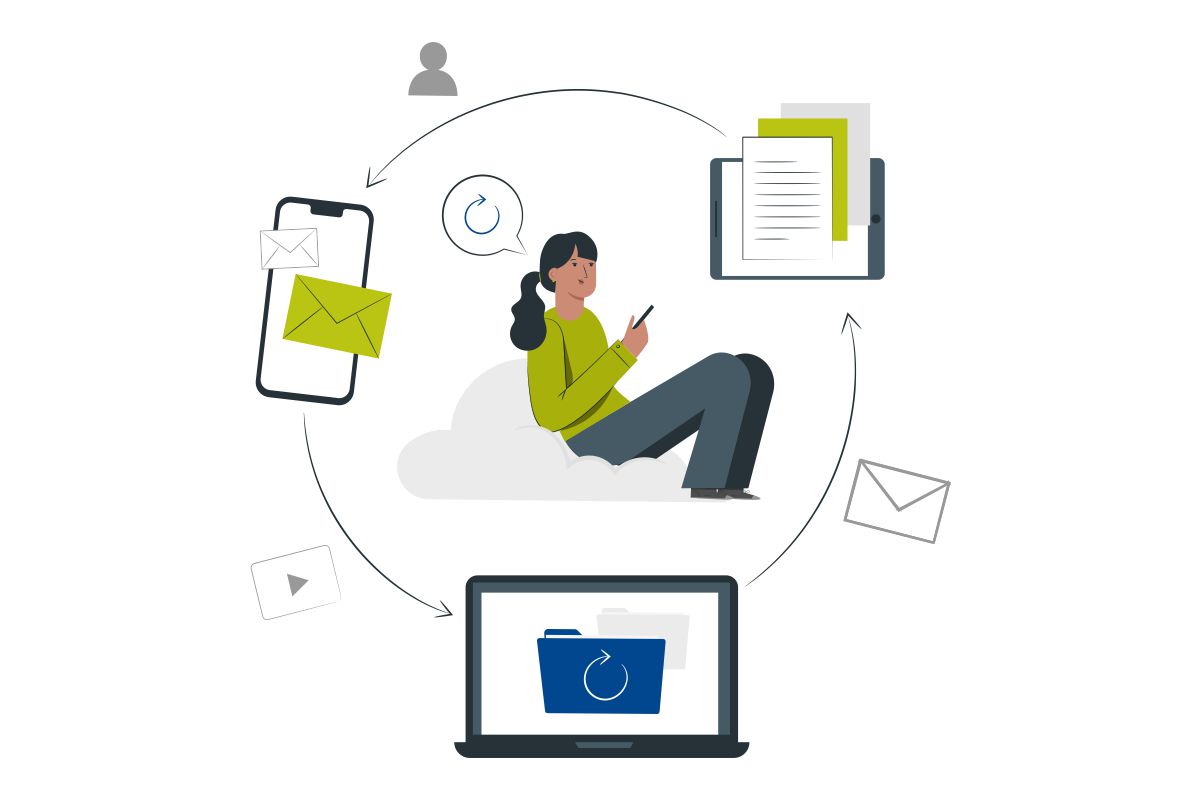
Are Email Spoofing and Phishing Dangerous?
Nowadays, emails have become a vital source of communication in both the personal and professional worlds. Emails are considerable for communication and the completion of tasks. When using emails, we face various issues, including the risk of identity theft or landing on untrusted links. An insecure DNS configuration on one’s domain can harm the user. Adopting preventive measures helps in safeguarding email from such cyber attacks. There are many fraudulent cases where organizations suffer huge losses due to these fraud acts. We will be discussing some of them in this article but first, let us overview the type of fraud that occurs before we look into the issues.
Spoofing
Email Spoofing is a technique used to perform fraudulent attacks on users, making them believe that the emails received are from a person or entity they know. The sender forges the email headers of the hacked software and displays the fraudulent sender address. Unless the receiver inspects the header closely, he will assume that the email is from a trusted source. In short, anytime a scammer changes their identity to someone else. Spoofed emails often request money or permission to access the system or have an attached malware in the email.
Phishing
In phishing, criminals pose as legitimate organizations via email, text message, advertisement, or other methods to steal sensitive information. Email phishing is common as most phishing attacks are sent by email and fool users into clicking a malicious link, which may install malware, cause their system to freeze, or reveal sensitive information. Criminals target customers randomly and send emails to a large group, and out of them, some people fall into these traps and eventually become victims of phishing attacks.
Spear Phishing
Spear phishing is an electronic communication scam targeted toward a specific individual, organization, or business. These emails use clever tactics to get attention by stealing the data or installing malware on a targeted computer. An email arrives from a trusted source but leads to an unknowing website full of malware, and this is how spear phishing works.
Cybercriminals use spear-phishing intending to resell confidential data to private or government companies. With that hacked data, any information can be revealed or manipulated. One-click to an unprotected mail can lead the organization to face serious consequences.
Fraudulent Cases In the News!
In this case, a 47-year-old businessman from Juhu has been duped for Rs 5.22 lakh. The man used to purchase raw materials from a Hyderabad-based firm through email communication. One fine day, the victim received an email asking for payment in a different bank account. When the victim called the firm to confirm if the money had reached them, they informed him that they did not send any email nor ask for any payment. And the damages were done!
Solution
Knowing where to start to ensure business safety can be a challenging task. Cyber crimes are constantly evolving, and attackers are adopting new forms and techniques. If an email does not give a warning message, it likely will go undetected. By chance, if any user finds something wrong with an email, there are a few steps to follow and get a hint of the criminal’s identity. Users can inspect the email source code, which shows the IP address of the email sender. It is also possible to check if a message has passed a Sender Policy Framework (SPF) check.
Many email platforms use SPF as an authentication protocol for security purposes. It is necessary to ask the company’s technical support to add security features to the email. Get your Domain Name System (DNS) records updated with Sender Policy Framework and two Mail Exchange records (MX records).
Users can also implement DMARC, which is a combined protocol of SPF and DKIM. DMARC stands for Domain-based Message Authentication, Reporting, and Conformity. It prevents spoofing and phishing by monitoring, quarantining, and rejecting harmful emails.
Even though there are many safety measures available, users need to be aware of the fraud that happens through email. Using strong and complex passwords for emails, verifying the end source before making any payments, enabling spam filters to prevent spoofed emails from landing in the inbox, and providing training to employees on safe email communication are a few of the basics to consider.




